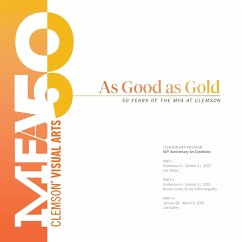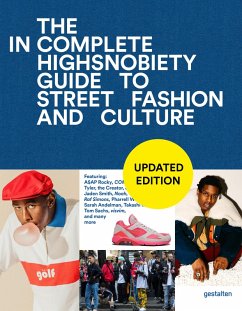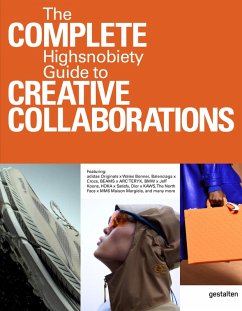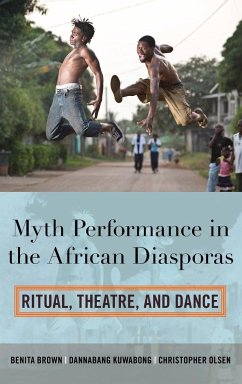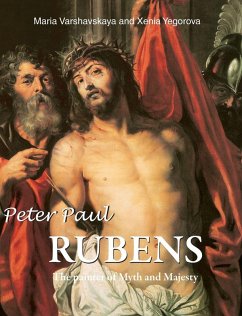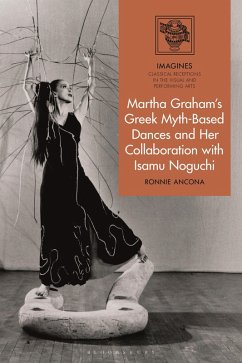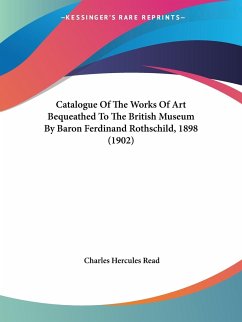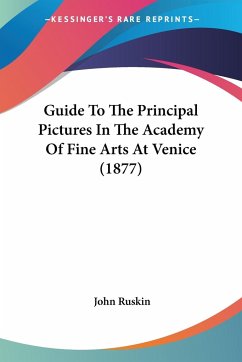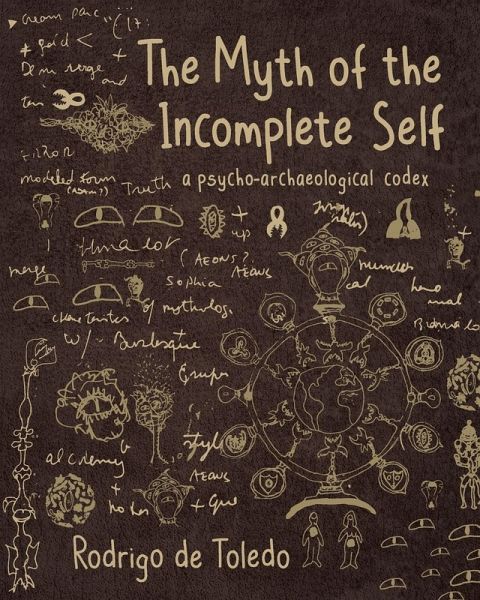
The Myth of the Incomplete Self
A Psycho-Archaeological Codex
Versandkostenfrei!
Versandfertig in 1-2 Wochen
25,99 €
inkl. MwSt.

PAYBACK Punkte
13 °P sammeln!
The body of work in this catalog was produced from 2016 to 2018, and is based on a larger iconographic work that the author began in 2005. The core pieces evoke illuminated manuscripts, created on leather parchment and rice paper, imagining them as lost pages from an ancient codex or mythological treatise. The images present a personal iconography of invented and appropriated symbols, uniquely arranged, combined, transformed, and depicted in cosmo-mythological and archetypal diagrams, as well as in scenes from a mythological pantheon. The imagery also suggests hieroglyphic or linguistic arrang...
The body of work in this catalog was produced from 2016 to 2018, and is based on a larger iconographic work that the author began in 2005. The core pieces evoke illuminated manuscripts, created on leather parchment and rice paper, imagining them as lost pages from an ancient codex or mythological treatise. The images present a personal iconography of invented and appropriated symbols, uniquely arranged, combined, transformed, and depicted in cosmo-mythological and archetypal diagrams, as well as in scenes from a mythological pantheon. The imagery also suggests hieroglyphic or linguistic arrangements, a visual syntax using the Codex's symbols and archetypes. The theme points to hermetic, ancient languages, and mystical treatises. The exhibition's catalog explains the pantheon, the meaning of the symbols, and their interconnection.





